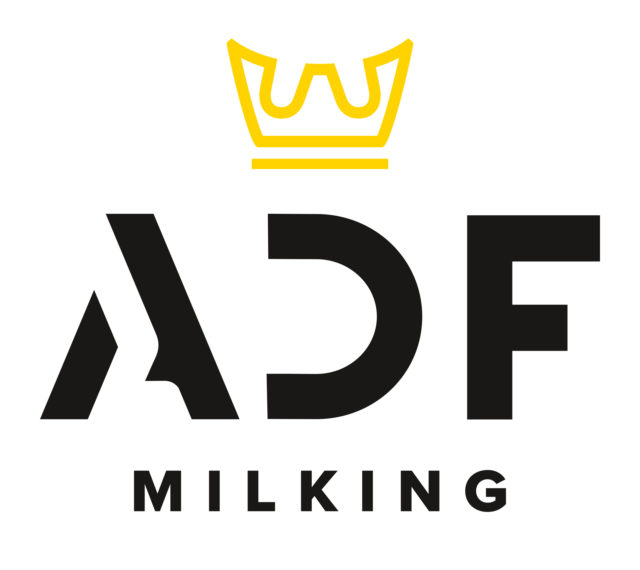“Overall, consumers feel really good about farmers; they just have absolutely no idea what farmers do … I would argue that causes a problem,” said Mike von Massow, associate professor at the University of Guelph, during his presentation at the Animal Nutrition Conference of Canada on May 15. The problem this poses, he continued, is a view of Canadian agriculture as something “golden,” creating great opportunity for disappointment when consumers do eventually learn more about certain production practices that fall outside of this vision.
To mitigate this disappointment, von Massow argued, instead of focusing on strengthening consumer trust, emphasis should be placed on consumer education in agricultural production practices. “We need to build a foundation for that trust by building an understanding of how food is produced,” he explained.
The reality of consumer perceptions
If gaining trust is not the issue, as von Massow indicated, it is helpful to understand what consumers know about dairy farming and how this might impact their demands or responses to news of agriculture practices and standards.
Citing consumer surveys he has conducted, the University of Guelph professor shared some surprising results:
- When asked to note whether it is true or false that dairy cows give milk only after calving, about 40% of respondents said “false” and a further 30% said they were unsure.
- When comparing results from the same question regarding farm animal welfare polled to consumers in 2015 and again in 2022, there was an increase in positive perceptions of animal welfare on Canadian farms in the 2022 results. Both surveys showed most respondents held positive perceptions of farm animal welfare.
- Consumer perceptions of antibiotic stewardship were generally less positive, something von Massow attributed to the negative connotation of certain words like “antibiotics” and “cages.” For example, most respondents, when asked if they perceive antibiotics to be better or worse for animal welfare, indicated antibiotics to be worse.
Impact of social media
With clear gaps in consumer knowledge of day-to-day farm management, consumers are more likely to be swayed by a single example of farming practices. “They’re susceptible to surprises and social media hype,” warned von Massow. Examples like a TikTok video that went viral in early 2023 of a Canadian dairy producer dumping milk and 2021’s “Buttergate” prove that without context or a foundational understanding of farm systems, it is easy for swaths of social media users to get swept up in thinking a single example is common occurrence.
In the case of the viral milk dumping video, the producer – it was later found – was regularly producing over quota, hinting at a larger issue with production management on his farm rather than a frequent practice across the industry. “It's so easy, just like that, for misinformation to happen,” von Massow said.
What does this look like in the marketplace?
The influence of social media and marketing changes the way consumers think about products, as well as their decisions on what to purchase. The market – to a degree – responds to these influences through differentiation. This means there are greater, more visible differences between individual producers; think of the ways fluid milk is marketed and labeled as grass-fed, pasture-raised, microfiltered and so on.
Value chains have similarly changed. For example, von Massow highlighted the rise of anchored value chains, which are rooted in relationships established due to one or more ways a brand or producer may differentiate their product, fostering loyalty among consumers and minimizing demand volatility. “We're seeing increasingly that we have specific attributes coming from specific producers,” he noted.
Moving forward: “It’s not apocalypse cow”
While von Massow argued plant-based proteins are nothing new, he pointed out that a surprising number of consumers surveyed are eating four to five main meals per week without a source of animal protein. “Those are the people we need to think about,” he advised.
Cellular agriculture – otherwise known as lab-grown foods – precision fermentation and gene editing are leading to the development of new food products, which are backed by varying degrees of consumer approval.
“These things are coming, and they are a profound opportunity to give consumers what they want,” von Massow explained, detailing the potential for welfare advantages and more flavourful food products to come from gene editing and emerging technologies.
With more choice and more information, consumers must wade through an ever-expanding selection of food products and food marketing. This is where von Massow sees opportunity for Canadian livestock producers to promote themselves and their products. Canadian agriculture has a good story to tell, he argued, “We’ve just been afraid to tell it.”
Recognizing the challenge inherent in telling producer stories, von Massow suggested two solutions for increasing farm system knowledge:
- Reintroduce cooking skills in school curriculum
- Increase informative campaigns from producer groups, boards and cooperatives
“If we don’t have the conversation, the conversation is going to happen without us, and we won’t have the opportunity to shape it,” he concluded.











